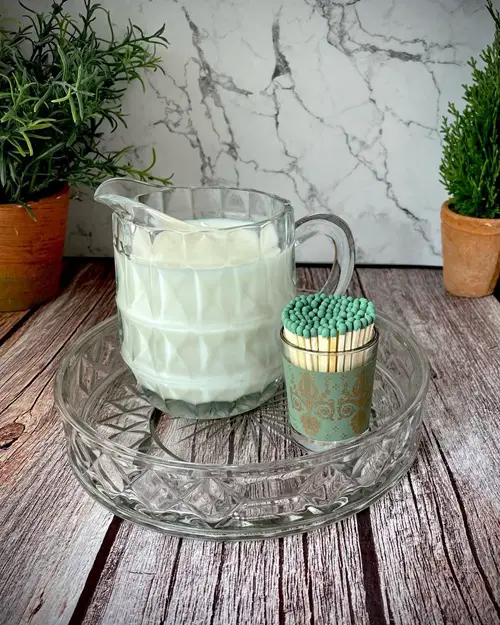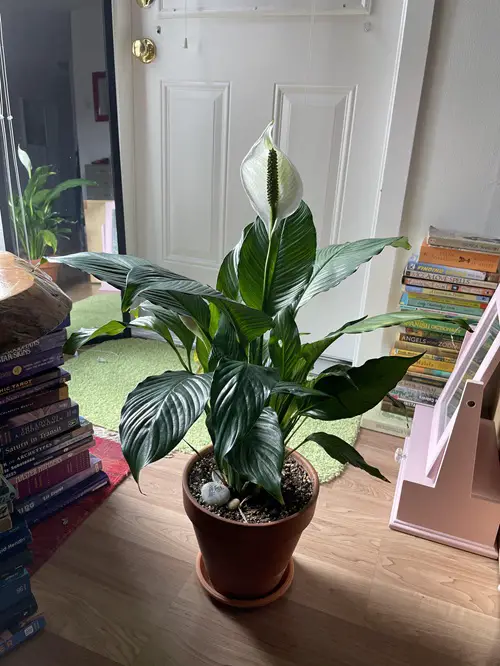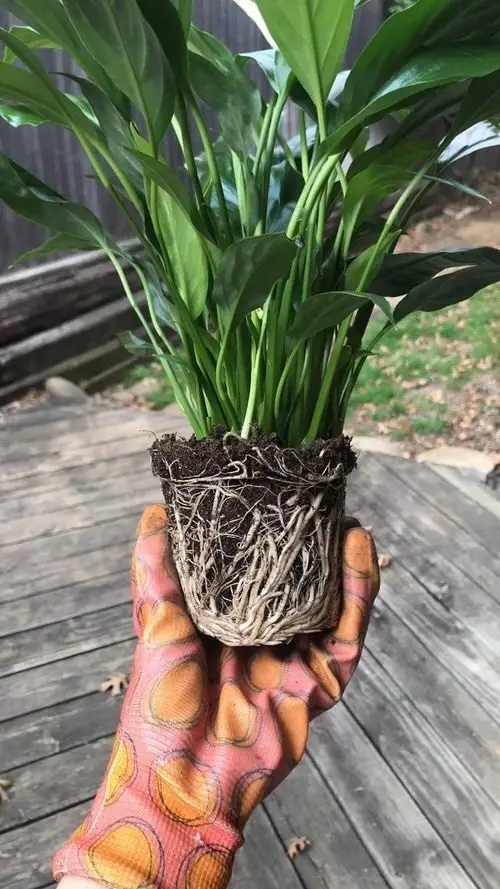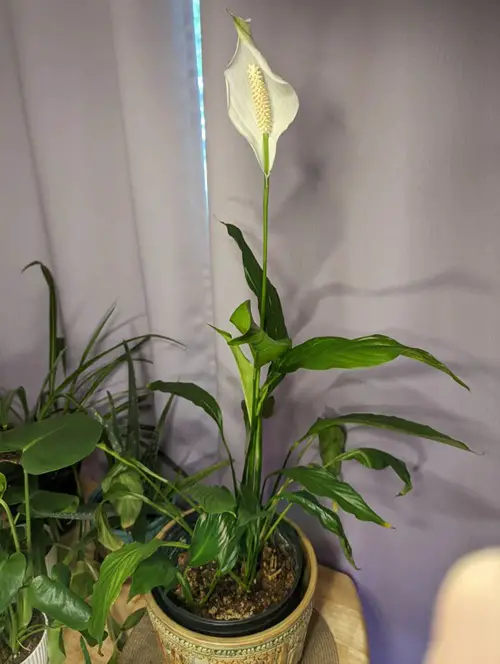This is how using matchsticks for a Peace Lily plant will make it thrive with good health and eye-catching blooms!
Do you have a Peace Lily that’s looking a little moody and weaker recently? Before you reach for some fancy hacks, grab a few matchsticks and let their quiet punch of phosphorus and sulfur perk up their health and blooms.
Using Matchsticks for a Peace Lily Plant
1. As a Micro Fertilizer
Believe it or not, a simple matchstick can be a micro-dose fertilizer for your Peace Lily. The matchhead contains phosphorus and sulfur, two nutrients that Peace Lilies love. Phosphorus will help your peace lily develop strong flower spikes, and the sulfur will assist in enzyme function and general plant vigor.
Just take 3-6 unused matchsticks and insert them head-down into the soil, about an inch from the plant’s base. It’d be sufficienct for a small to medium sized peace lily in a 6-8 inches pot.
Make sure that you space them out evenly and push them just below the surface. The nutrients will slowly leach into the soil each time you water, creating a steady, light feed. It works for other plants as well!
Note: Only use old-fashioned wooden matchsticks for this hack, and avoid using safety matchsticks that are colored or coated with wax, as these may contain harmful additives.
2. Boost Root Development
Peace Lilies don’t just want pretty leaves; they need strong roots to keep everything thriving above ground. And guess what? Phosphorus, the key nutrient in matchstick heads, plays a starring role in stimulating root growth in younger or recently repotted plants.
Add 4–5 wooden matchsticks to the potting mix while repotting to give your Peace Lily a root-friendly nudge.
Mix them into the bottom third of the soil, not right under the roots, to avoid direct contact with fresh roots. This method is beneficial if your Peace Lily is recovering from root stress or transplant shock.
Pro Tip: Use matchsticks only in well-draining soil, as lingering moisture can cause sulfur in the matchsticks to rot or smell.
3. Pest Deterrent Around the Base
Peace Lilies attract fungus gnats and other pests if the soil is too moist. Strategically using matchsticks can deter some of these pests because the sulfur in the matchhead creates an environment that many insects find unpleasant.
Again, just insert 3-5 matchsticks head-down in a circular pattern around the outer rim of the pot and replace them monthly to keep the sulfur levels consistent. It won’t replace neem oil or a full-blown pest control plan, but it can help keep minor infestations in check and prevent reoccurrences.
Always check for moldy or decaying matchsticks, especially in humid conditions, and replace them early if needed.
4. Using Matchsticks in Compost Mix
If you are mixing up your own potting blend, here is a trick–crush a few matchsticks and blend them with your compost or organic soil amendment. When these break down, they release trace amounts of phosphorus and sulfur, which can enrich the soil naturally without overpowering delicate houseplants like Peace Lilies.
Crushing them increases the surface area and speeds up the nutrient release without overwhelming the soil, and is useful when you are refreshing overused soil or creating a blend for the next repotting session.
You just have to use 4-6 matchsticks for every gallon of soil, crush them with a rolling pin, and mix well before planting. The nutrients will release slowly and evenly as you water.
Using matchsticks for your Peace Lily is a budget-friendly way to give it a little extra care. Just stick to small amounts and regular plant care, and you’ll see the difference over time. Sometimes, simple tricks really do go a long way.





